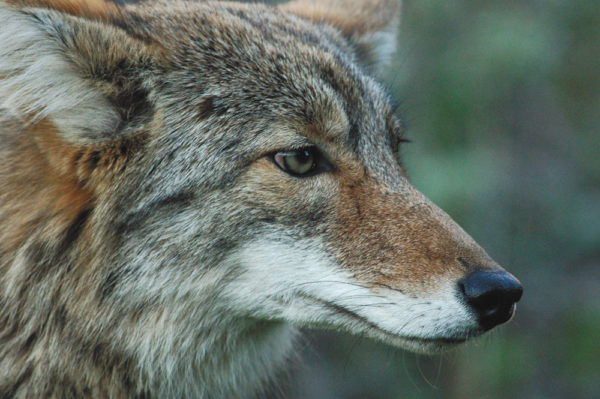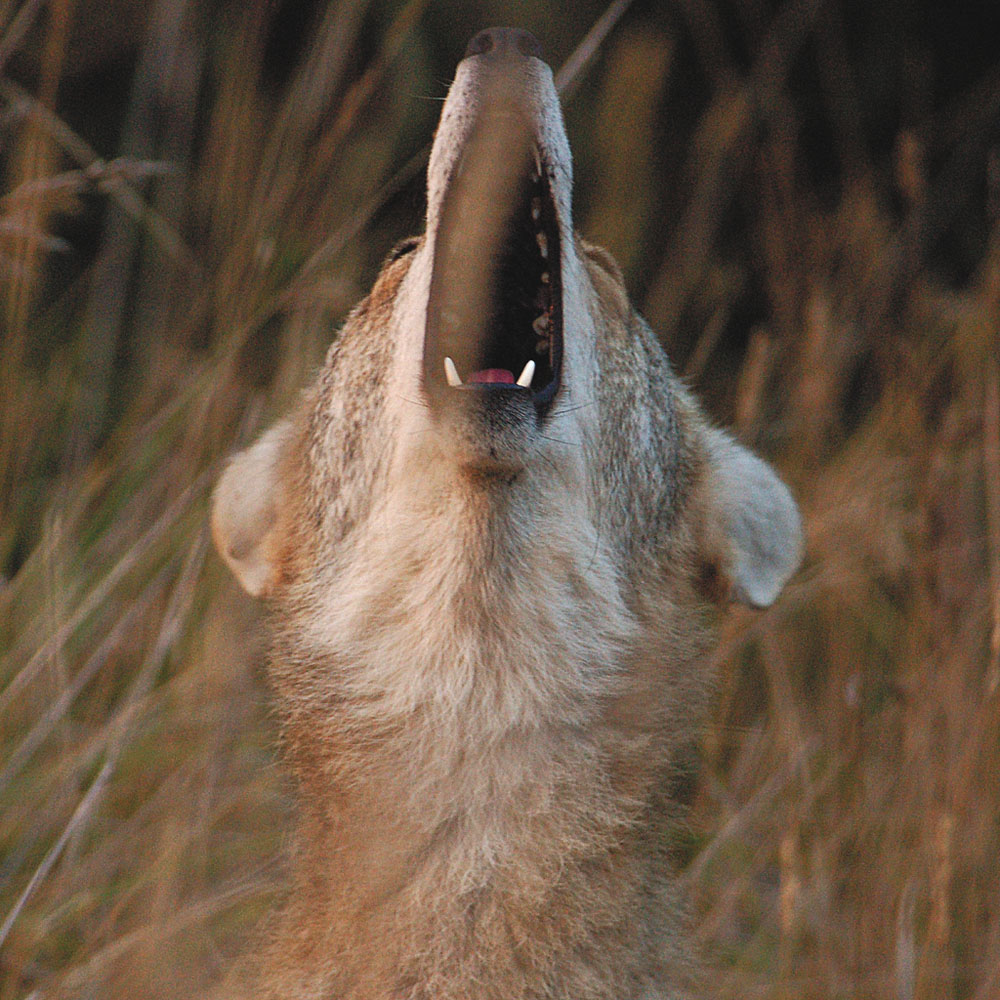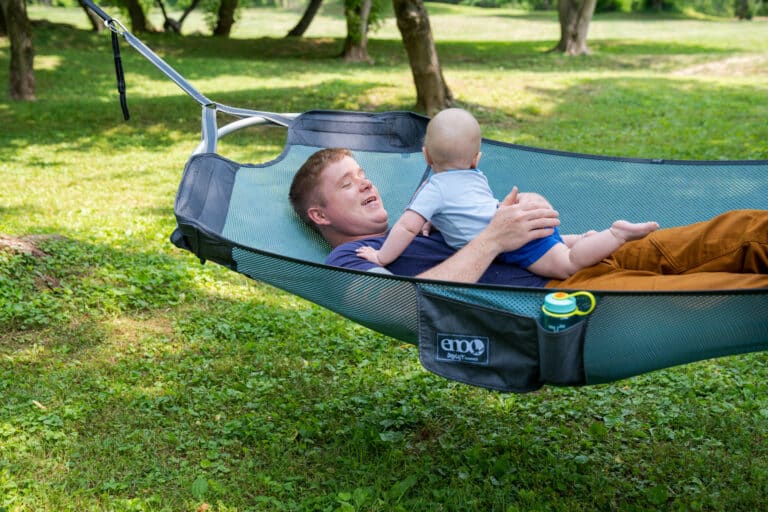If you’re reading this, you’re in coyote country. Coyote territory has spread across the entire Southeast in just a few decades. As their population continues to increase, so do reports of conflicts with humans.
A coyote resembles a slender dog, usually weighing between 25 and 40 pounds. The omnivorous canids aren’t picky about what they eat. As a result, they can thrive in a wide range of environments.
Coyotes are native to the Midwestern states, but growing development has encouraged them to migrate east. Without a natural predator like the regionally extirpated red wolf or eastern cougar, coyotes have quickly multiplied—first reported regionally in the 1950s and now confirmed to live in every county in North Carolina and Virginia.
As coyotes have moved east, they have wandered into urban landscapes. Typically they shy away from contact with humans, but tense interactions can occur when they become food-trained.

“If they can freely find food on someone’s porch, then they’ll come back for it and be less afraid of people,” says Chad Fox of Virginia’s Cooperative Coyote Damage Control Program, which helps farmers manage coyote predation.
In 2005, the value of Virginia cattle lost to coyote predation was $1.7 million. Last year, farm requests for help with coyotes increased 11 percent, and most of the new calls came from east of the Blue Ridge.
While coyotes have been a strain on many regional farmers, wildlife officials insist they fill an ecological niche. Without larger predators like wolves and mountain lions, coyotes are useful in managing the populations of other nuisance animals, including rodents, woodchucks, and groundhogs. Most of the estimated 50,000 coyotes in Virginia will never bother anyone.
“The public perception of coyotes has become unnecessarily alarmist,” says Mike Fries of the Virginia Department of Inland Game and Fisheries.
Still, in Virginia coyotes are classified as a nuisance species that can be hunted every day of the week except Sunday. Some counties have their own bounty programs, which have been historically ineffective. In the 1800s massive poisoning campaigns were launched against coyotes in Western states without success.
“Coyote bounties have a 150-plus-year record of failure,” says Fries. “Coyotes are here to stay, so we need to teach people how to live with them.”
COEXISTING WITH COYOTES
Quick tips for keeping the peace with the wily coyote
• Refuse to Feed – Coyotes accustomed to human food lose fear and can become aggressive.
• Keep a Lid on It – Be sure to secure your trash to prevent scavenging.
• Feed Fido Indoors – Keep pet food inside.
• Fence Prevention – Consider installing a fence.








